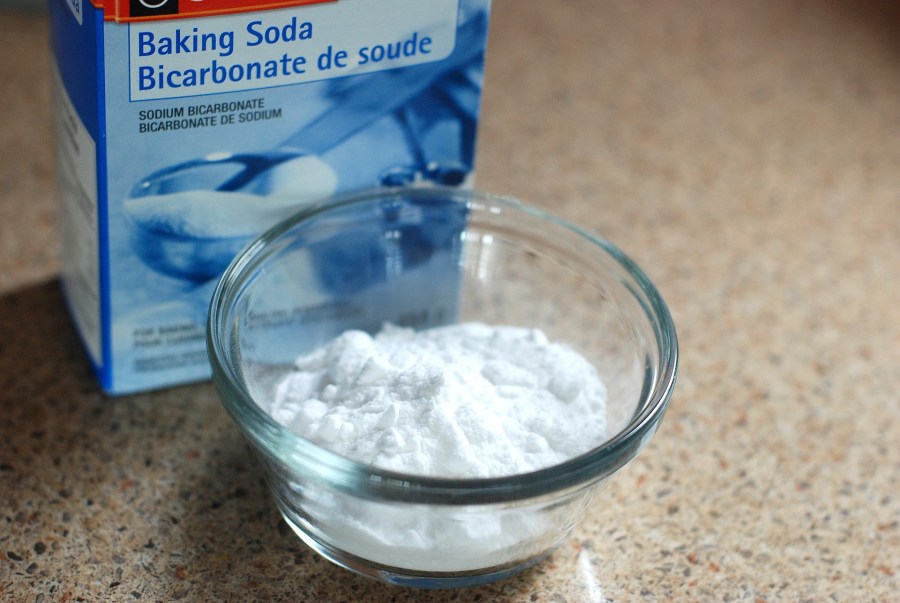Why Does Baking Soda and Vinegar Erupt?

Sodium bicarbonate, commonly referred to as baking soda, and acetic acid, which is vinegar, combine to create an acid-base chemical reaction. The baking soda serves as the base and the vinegar is the acid.
The Chemistry Equation The chemical reaction in this process produces carbon dioxide gas. This gas pushes to the surface of the baking soda and vinegar mixture just like it rises to the top in carbonated drinks. Think of opening a can of soda and how it pops as bubbles rise in the can.
Acetic acid and sodium bicarbonate have the capability to separate into two different ions once they are dissolved in water. This can create a fizzing sound. When both are in water together, the sodium in the baking soda switches spots with the acetic acid’s hydrogen ion. The result formulates into two new and different compounds of sodium acetate and carbonic acid. Carbonic acid goes one more step to produce carbon dioxide and water. In layman’s terms, it’s a solid plus a liquid that creates a gas.
Making a Volcano Classroom Experiment This chemical combination can be used for an experiment that’s often used in classrooms to show how an active volcano could erupt. It can even be used in preschool classrooms as the mixture should be non-toxic. A small, tabletop volcano can be created with a dough mixture of flour, salt, water and cooking oil. Use 3-6 cups of flour depending on the size needed. Use a third as much of salt and water as the flour proportion. The cooking oil helps hold it together and to smooth out the dough. Shape the dough around an empty 20-ounce plastic bottle covering it completely so it resembles a miniature volcano. As the dough dries it will form cracks like a real volcano. Be sure to place the volcano on a large deep-dished platter or container to catch the lava overflow. Put it on a table or countertop covered with paper or a tablecloth to catch the lava when it explodes.
Creating the Lava for the Experiment After filling the plastic bottle almost full of hot tap water, add a few drops of dishwashing liquid to the water. The dishwashing liquid will produce bubbles for an even more effective representation of eruption. Add a few teaspoons of baking soda, then pour in the vinegar. As the chemical reaction happens, the bottled mixture will spew out the top like lava. For added effect, red food coloring can be added to the water and down the sides of the volcano so it really does look the color of molten lava. The carbon dioxide travels out of the bottle with the bubbles in the eruption. This is a fun, quick experiment with some scientific lessons intertwined. Kids get excited about it and usually want to see the eruption again. To do the experiment a second time, just add more baking soda and vinegar if there’s still enough water in the bottle. Otherwise, add the water first and go through the steps from the beginning. Cleaning up is easy unless food coloring was involved which could stain some surfaces.





